Samsung’s OLED TVs shook things up in 2023 – here’s how it can stay on top
QD-OLED and the quest for brighter and better images
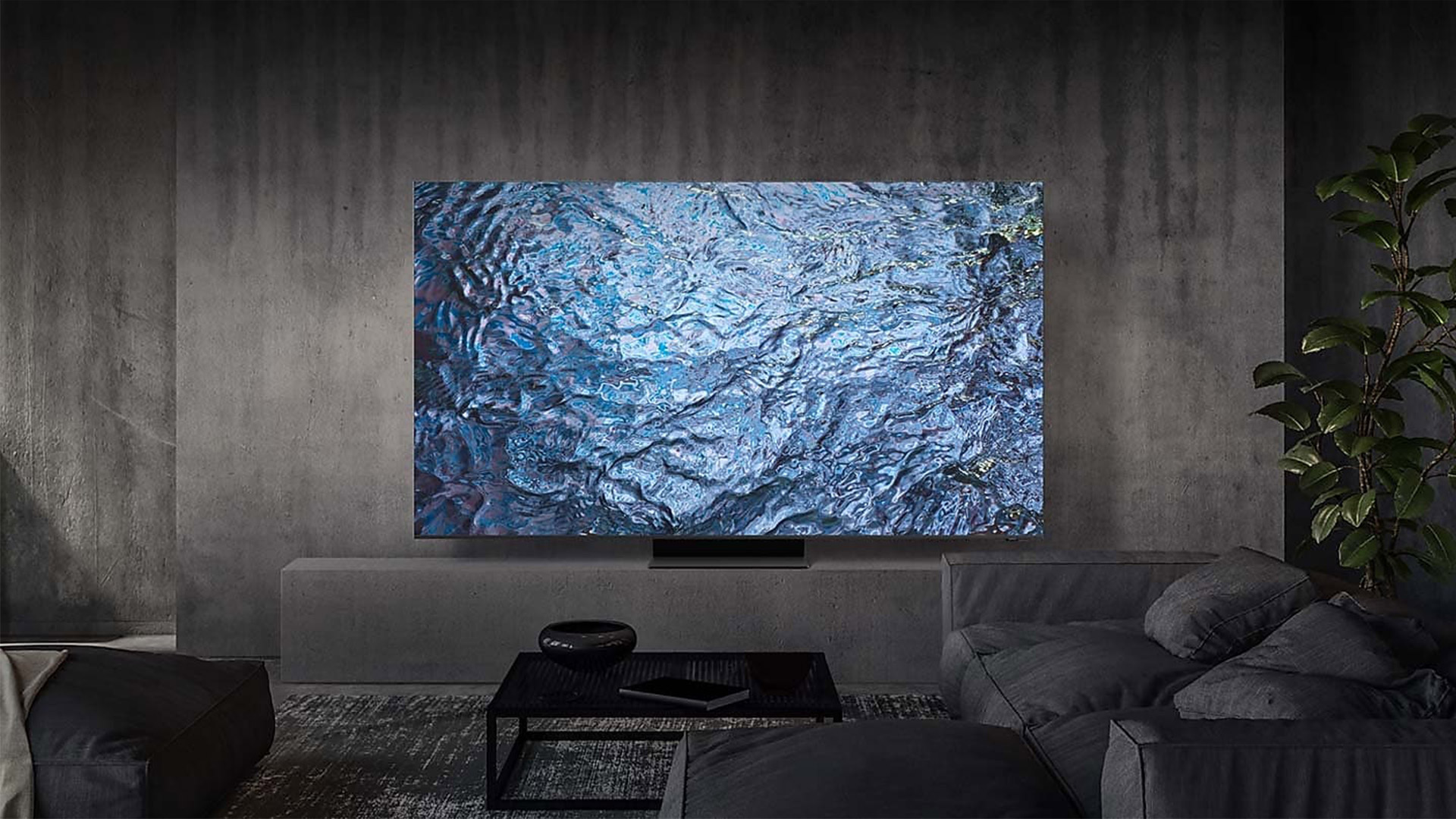
The best TVs of 2023 were made by Samsung – or least we think so. The Samsung S90C was both our choice for TV of the Year and Best Gaming TV in the TechRadar Choice Awards 2023, and the Samsung S95C was the Best OLED TV. You'll also find both in many of our TV guides, including our best TVs, best OLED TVs and best gaming TVs. It's been an incredible year for Samsung.
The fact the Samsung S90C and Samsung S95C performed so well doesn't mean all the competition is blown out of the water. But it does represent a shift away from LG, the TV maker that has historically topped many of our best TV lists in previous years.
So how did Samsung, specifically its OLEDs, shake up the TV market so significantly in 2023? Let's take a look at the biggest new TV tech developments Samsung made over the past twelve months, and what it needs to do to stay on top.
OLED vs. QD-OLED
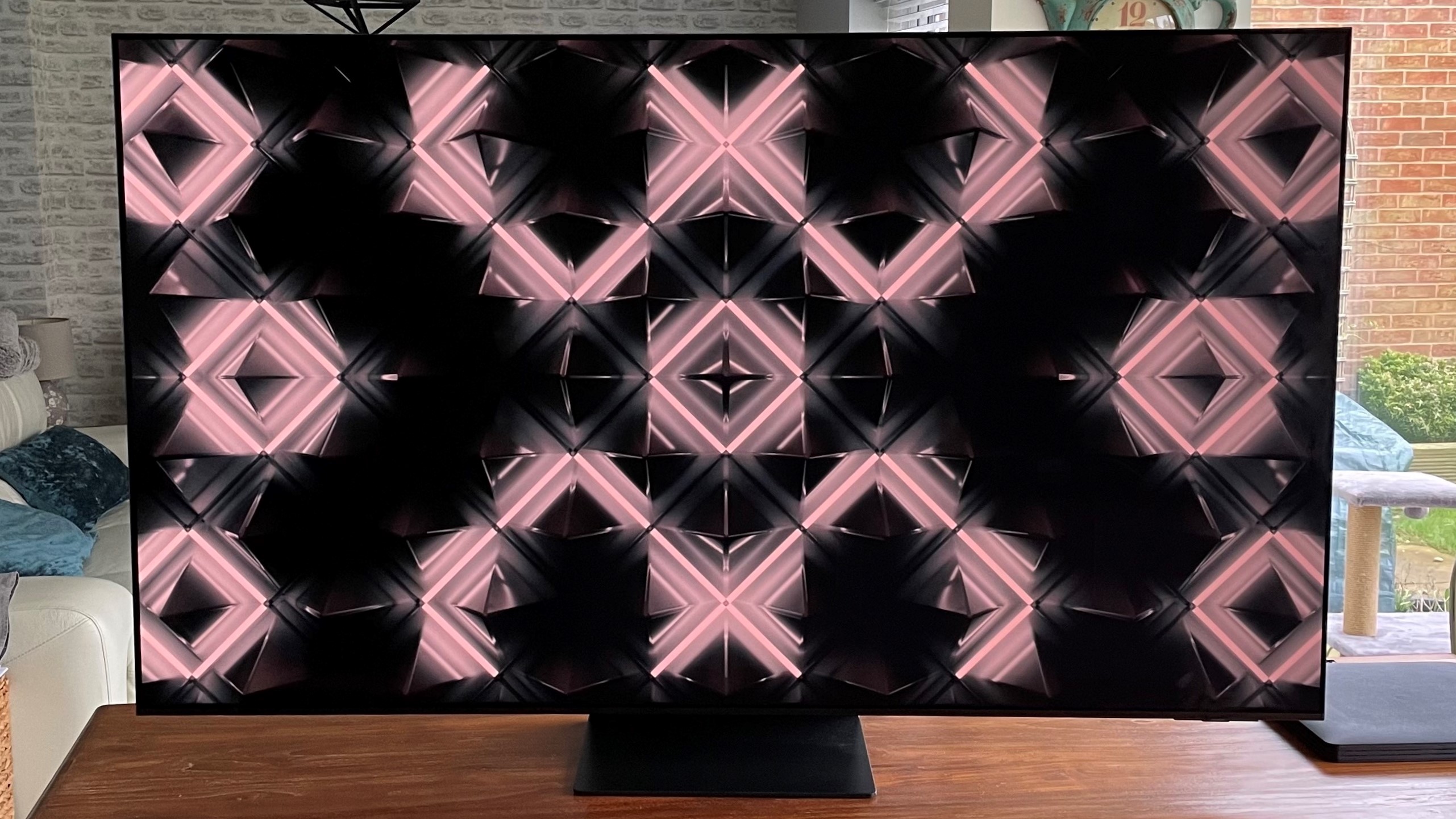
For months now we've been saying that the end for regular OLED TVs is nigh, and we think the success of Samsung's OLED line-up this year is proof. Let us explain.
Regular OLED TVs are great. They've been among the best TVs for years thanks to their excellent picture quality, outstanding contrast and deeper blacks. OLED is capable of delivering much better contrast than LED displays. But there's one problem with OLED: brightness. Or a lack of it. OLED TVs have always struggled to make the most of their amazing picture quality, and screen glare is often a problem.
Even though TV makers like LG have introduced ways to add oomph to their OLEDs, like a Micro Lens Array panel in the LG G3 OLED, they still make regular OLED TVs known as W-OLED.
Samsung changed this back in 2022 when it brought out the S95B, the first panel to introduce QD-OLED technology. This stands for Quantum Dot OLED, and it combines elements of both OLED and Quantum Dot technologies – tiny particles that can emit specific colors when exposed to light. The result is a brighter, more vibrant picture.
Get daily insight, inspiration and deals in your inbox
Sign up for breaking news, reviews, opinion, top tech deals, and more.
Next-gen QD-OLED
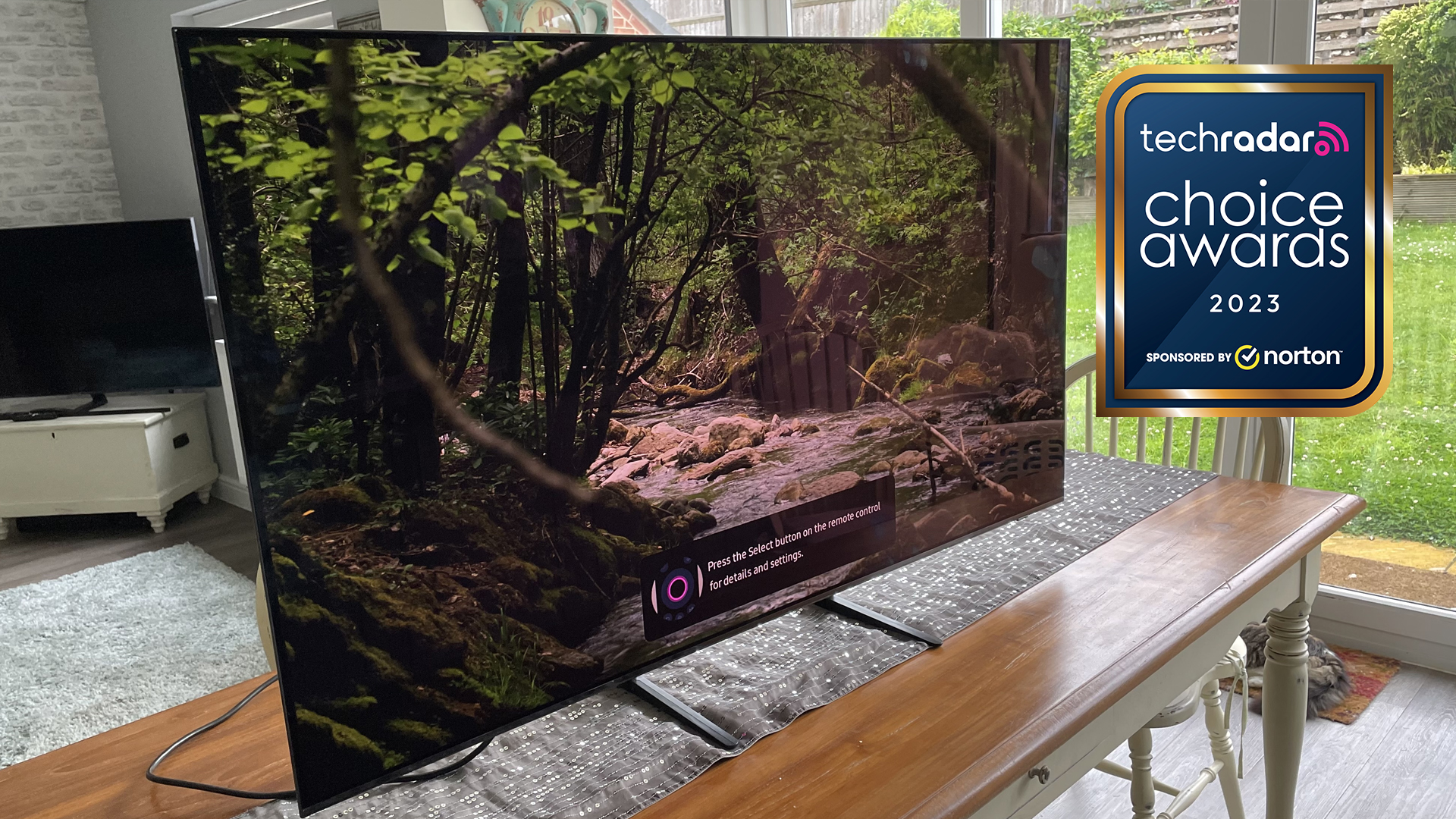
Fast-forward to 2023 and Samsung debuted two more QD-OLED TVs, the S90C and the S95C. When we were testing these TVs, we measured peak brightness at 1,100 and 1,400 nits. But it's not just about brightness. The images are stunning and the high-end features on offer matched LG's W-OLED (white OLED, the regular OLED panel that lacks the quantum dot layer found in QD-OLED sets) TVs with no problem.
Samsung isn't the only TV maker to experiment with QD-OLED. Sony has the A95K, which doesn't reach the brightness levels of Samsung's offering but does have an amazing picture, and the more recent Sony A95L.
The point is that OLED is great, but not perfect. And what Samsung has done with its QD-OLED tech is create panels that are brighter, bolder and just, well, better than the competition.
The bigger picture
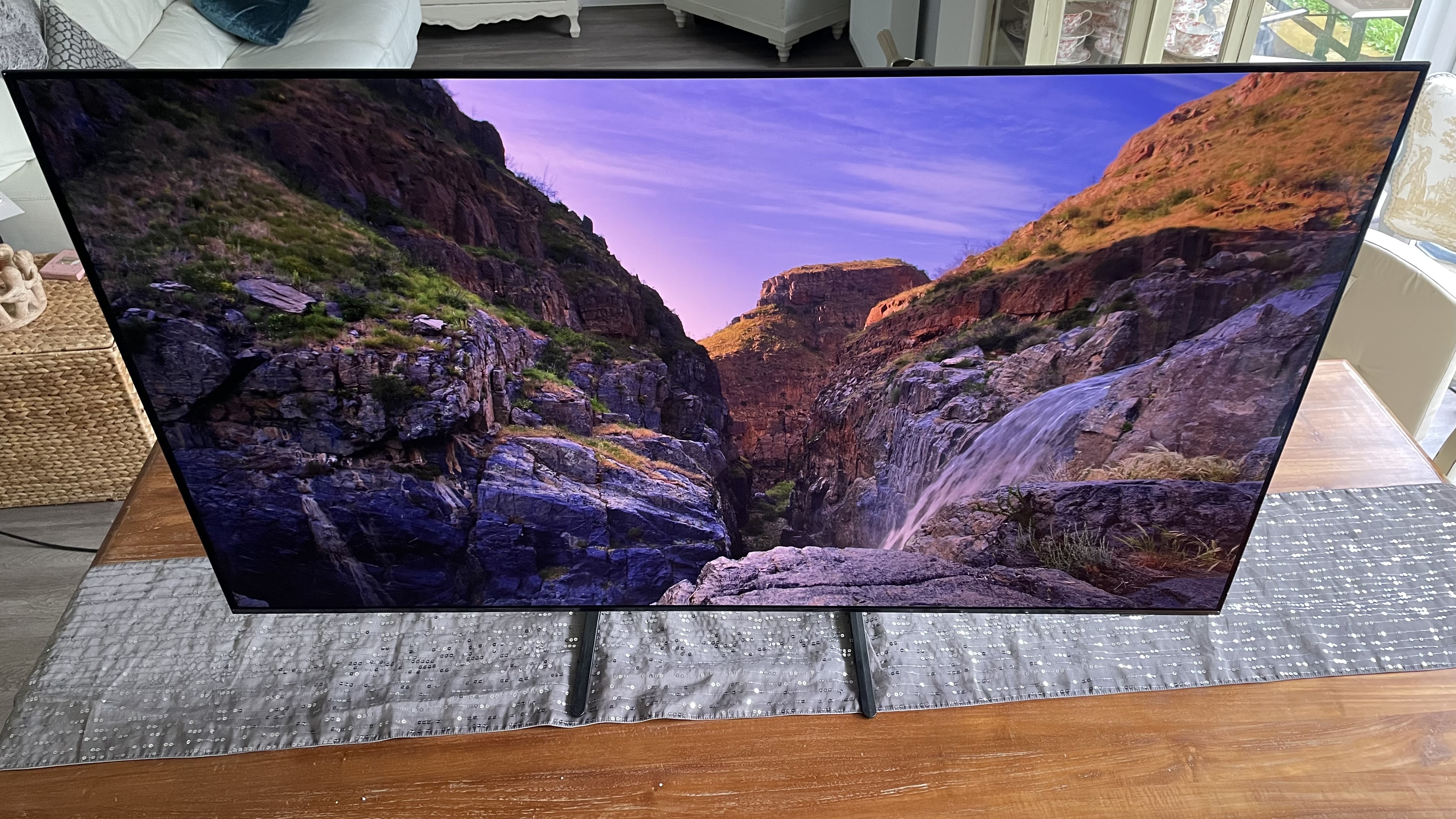
These kind of TV tech developments might be interesting for those of us who love picking apart the features inside the latest panels. But do most consumers care? Well, they may not be as interested in the specs, but they can certainly tell the difference. Especially when you consider the whole package of Samsung's 2023 TVs.
For example, the Samsung S90C may not carry the same brightness as the objectively better S95C (or even a lot of mini-LED TVs), but it manages to hit a sweet spot. It's bright enough to handle the glare problems many of us might experience with a W-OLEDs. We measured 1,100 nits in the S90C, which makes it much higher rival OLEDs. For example, the LG C3 measures at 830 nits peak brightness.
This means that the S90C is going to be much more pleasing to watch than an W-OLED, especially in bright and sunny rooms. But, at the same time, people may prefer the less dynamic look it offers compared to the S95C or, say, a much brighter mini-LED TV. So it covers a lot of lighting conditions and let's not forget it's loaded with gaming features. This TV really does do it all.
It's also incredible value for money. The S90C is significantly cheaper than the S95C, as well as Sony's QD-OLED offerings, and only about $100 more than LG's C3 last time we checked. So what you're getting here is a multi-tasking TV that's incredibly bright and beautiful with exciting new QD-OLED tech built-in.
The future of QD-OLED
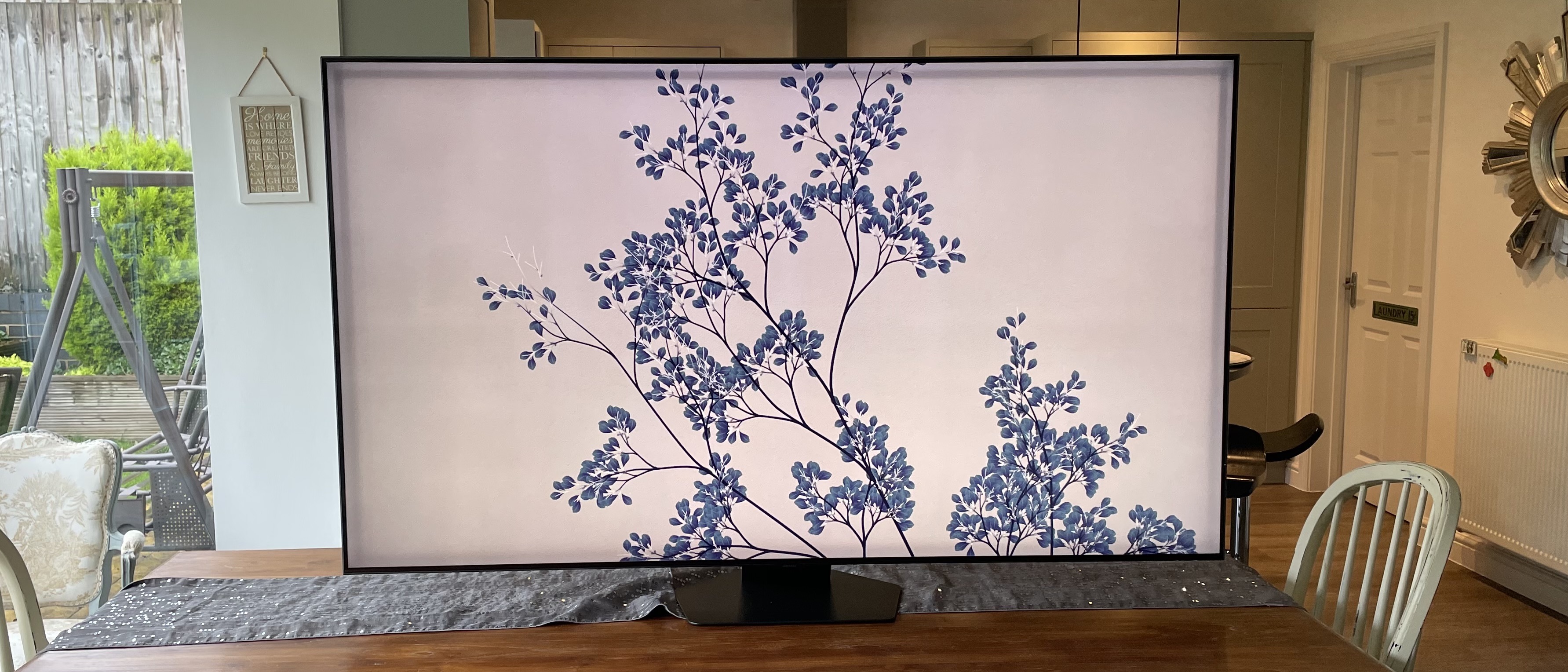
Samsung may be dominating in the OLED space right now with its QD-OLED offering. But what does it need to do to stay at the top? The relatively affordable and popular Samsung S90C is a lesson in making a bold, bright TV that's got mass appeal. If Samsung replicates that panel's success it's on to a winner.
Considering we know that, ahead of CES 2024 (the annual tech show held every January in Las Vegas), the Consumer Technology Association (CTA) has already awarded LG 12 Innovation Awards for its OLED TV category, it's safe to say that competition is fierce. Although W-OLED might not be able to compare to QD-OLED in terms of brightness, there are other ways to add oomph to OLED.
CES 2024 should be a good indication of what to expect over the next twelve months. Although it wasn't until we had considerable hands-on time with Samsung's QD-OLED sets that we really experienced the wow-factor of such impressive brightness. We can't wait to find out how this year's line-up fares.
The best Samsung OLED TVs of 2023
Below are some of the top OLED displays from Samsung in 2023. It's highly likely we'll see newer versions of each of these models in 2024.
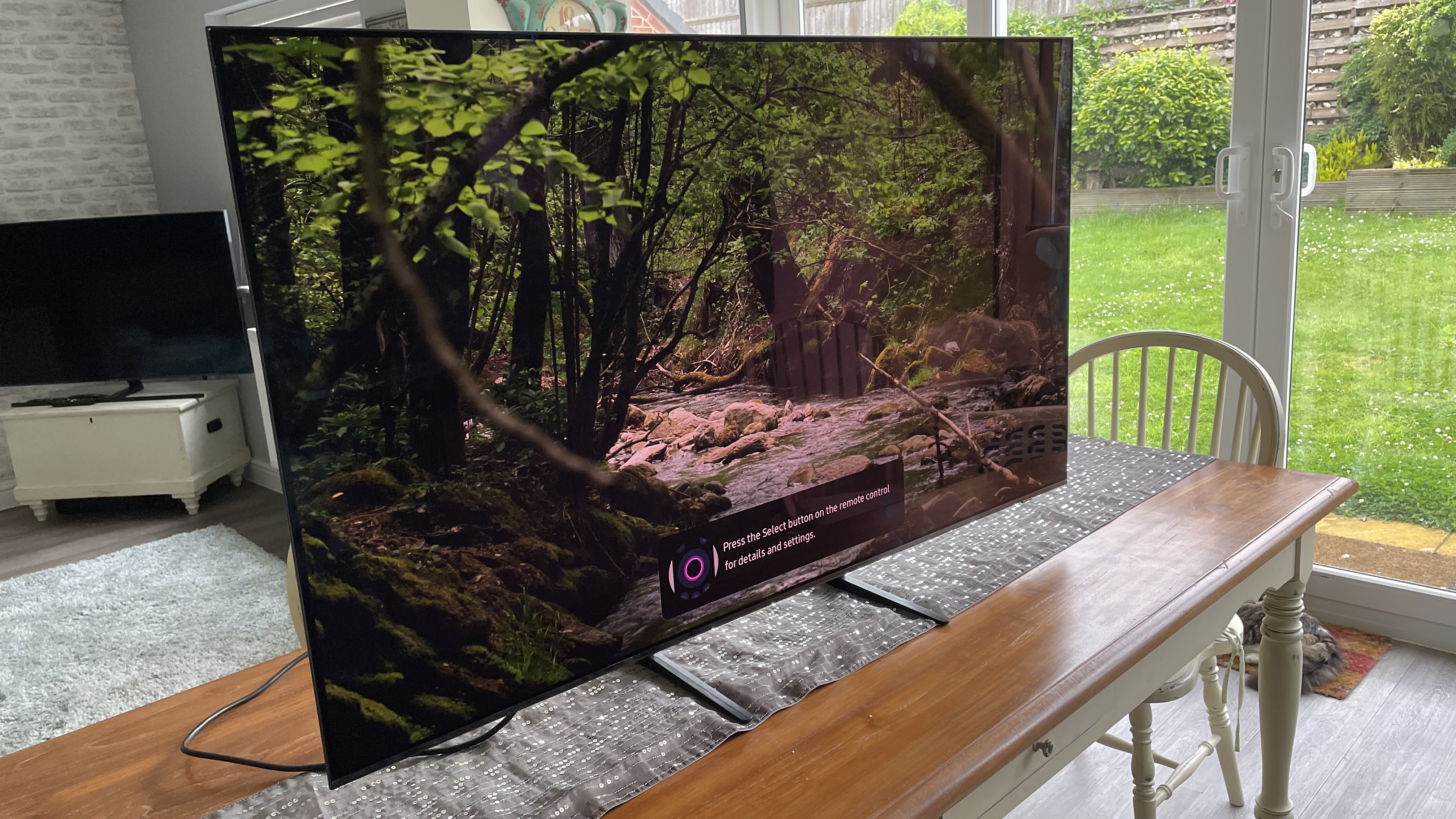
Specifications
Reasons to buy
Reasons to avoid
The Samsung S90C is our top OLED TV for most people. LG's C-series of OLEDs has domination this place for a long time, but the S90C is brighter and sounds better than the LG C3 for essentially the same price, so it's better value. It comes with a great range of connectivity options and gaming support, with full 4K 120Hz and variable refresh rate gaming graphics across all four of its HDMI ports.
It has the same Samsung Neural Quantum 4K processor that the flagship S95C QD-OLED TVs does, which makes for refined, natural looking images. This uses 20 neural networks to introduce multiple 'AI'-based refinements to the way the TV treats incoming sources – including better upscaling of HD and SD content to the screen’s native 4K resolution.
Picture quality is stunningly bright here, measured at over 1,000 nits by us, presenting you with stunningly contrast-rich pictures even by OLED standards. The S90C might not give you the 1,400-nit brightness experience you get with Samsung’s S95C, but it still manages unlock a higher level of brightness and color depth than other OLEDs at the same price – the LG C3 is around 800 nits, by comparison.
Design-wise, the Samsung S90C has an incredibly thin panel, especially at its edges. It's a little chunkier in the middle because that's where its external connections/processing box is. It's still a beautiful looking set, especially since the side house an impressive speaker array.
Read our full Samsung S90C review
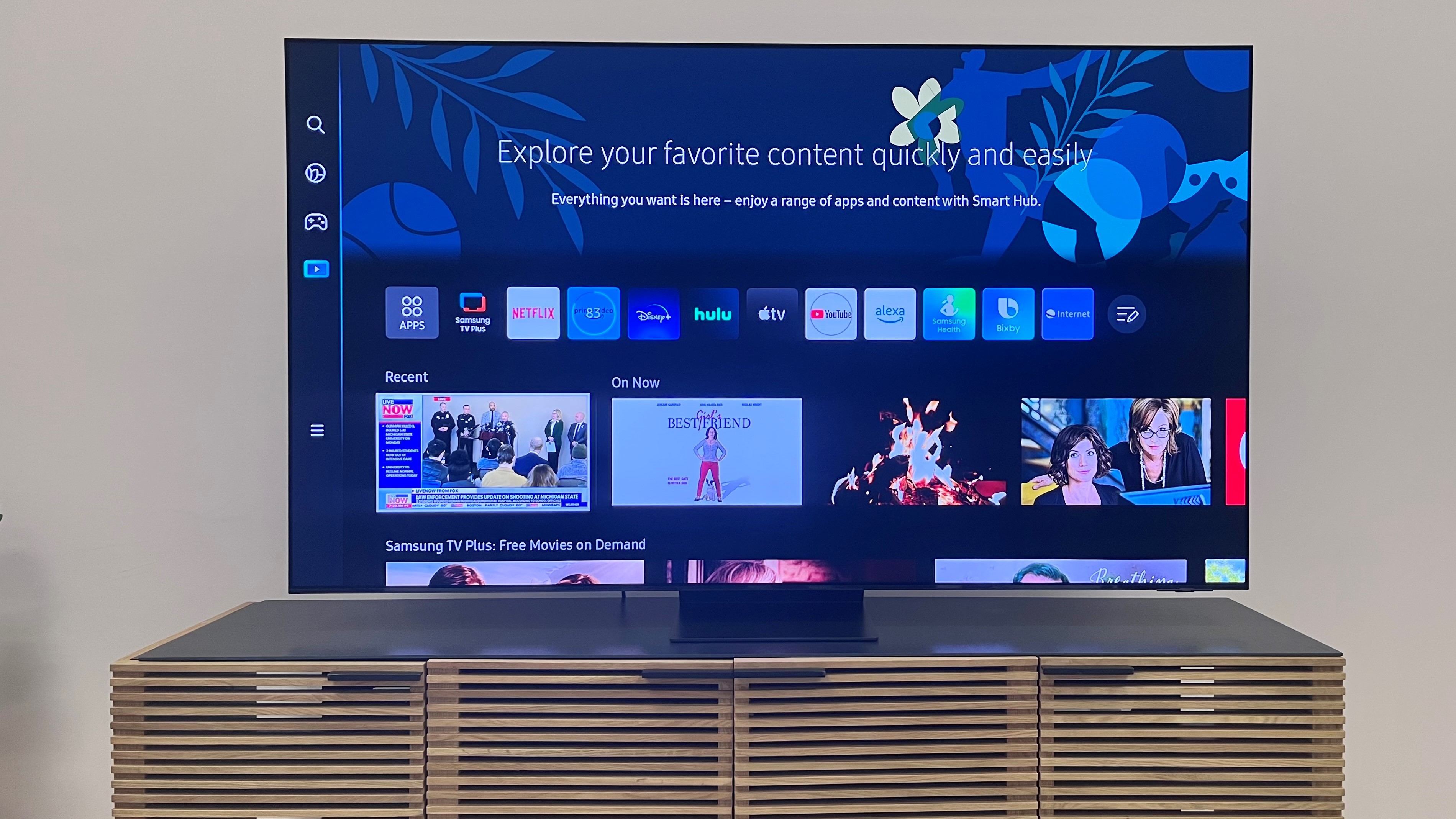
Specifications
Reasons to buy
Reasons to avoid
In our measurements, Samsung S95C is essentially the brightest OLED TV we've ever tested, beating the likes of the LG C3 by about 70%. We actually measured the LG G3 as being a tiny fraction brighter for HDR highlights, but the Samsung was brighter across the whole screen, so we're giving it the win on points. This means that it not only delivers some of the best HDR images to date, it also offers rich, clear and accurate colors that are like nothing else on the planet.
In our full review, we said: "High dynamic range content, for instance, looks vastly more punchy and realistic – especially as the intensity with which bright highlights like shots of the sun, bright lamps, light glinting off metal and glass and so on is delivered without any compromise to the sort of deep, rich, inky black colors that are the foundation of OLED’s traditional home theater talents."
It does struggle a bit with its motion processing, it lacks Dolby Vision HDR support, and we recommend tweaking the presets to get the best image, which is why we think a lot of cineasts will prefer the Sony A95K for sheer accuracy to the source. But when it comes to spectacle, or simply having something more visible in a bright room during the day, the S95C is astounding.
When you throw in sound that follows what's happening on screen, comprehensive streaming support, and support for all the latest HDMI 2.1 gaming features (including 4K 120Hz and Variable Refresh Rates), it's absolutely one of the best TVs available today.
Read our full Samsung S95C review
You might also like
Becca is a contributor to TechRadar, a freelance journalist and author. She’s been writing about consumer tech and popular science for more than ten years, covering all kinds of topics, including why robots have eyes and whether we’ll experience the overview effect one day. She’s particularly interested in VR/AR, wearables, digital health, space tech and chatting to experts and academics about the future. She’s contributed to TechRadar, T3, Wired, New Scientist, The Guardian, Inverse and many more. Her first book, Screen Time, came out in January 2021 with Bonnier Books. She loves science-fiction, brutalist architecture, and spending too much time floating through space in virtual reality.
